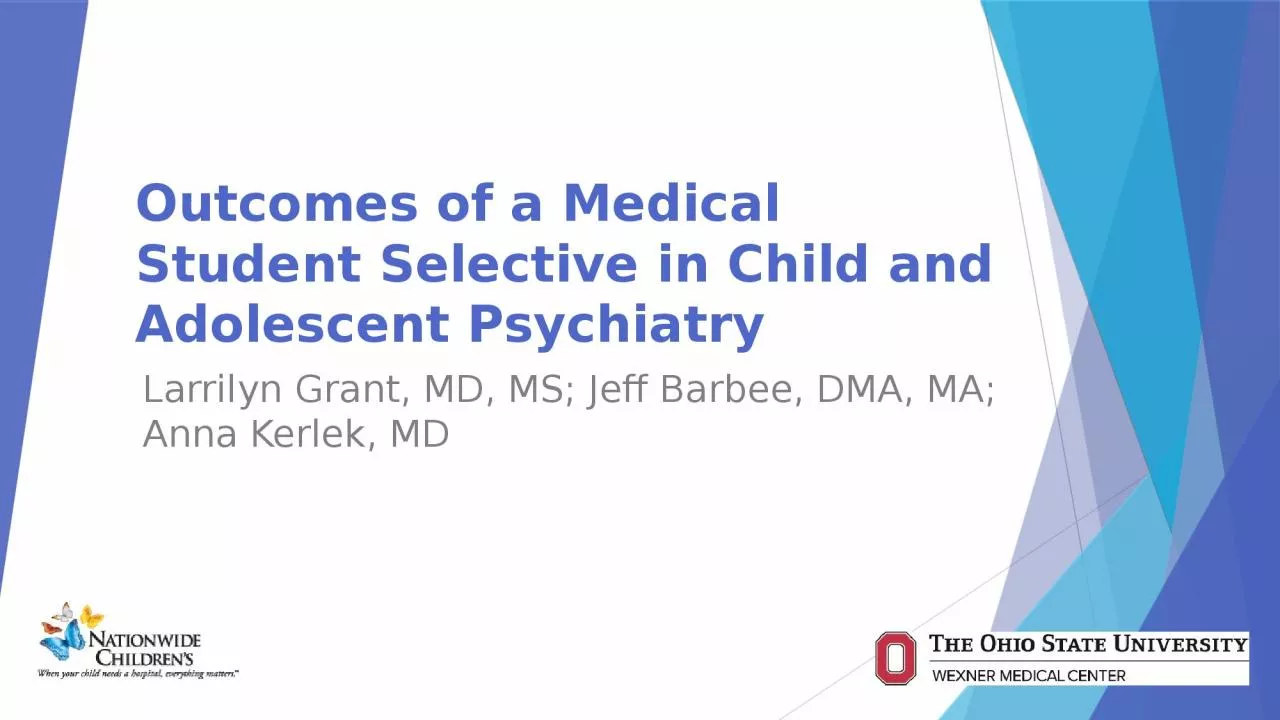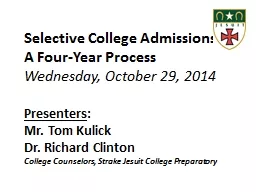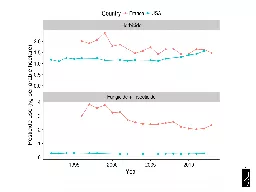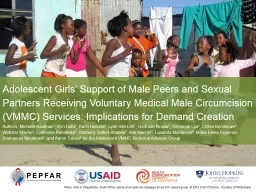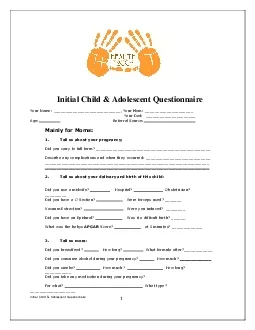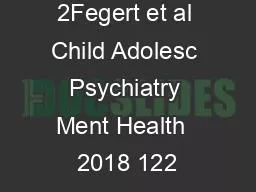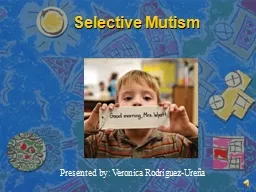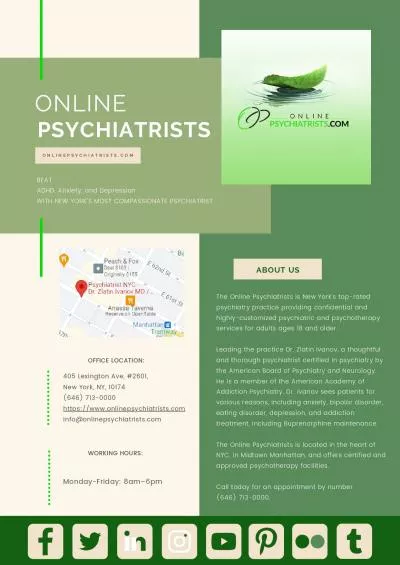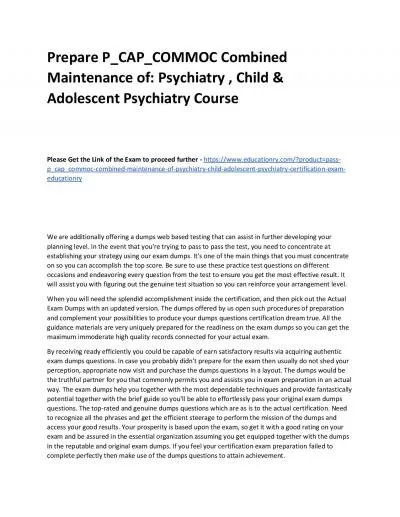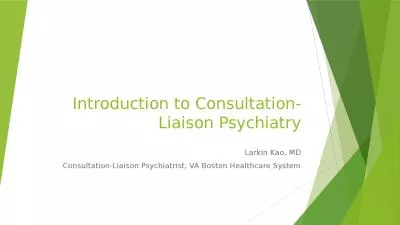PPT-Outcomes of a Medical Student Selective in Child and Adolescent Psychiatry
Author : winnie | Published Date : 2023-07-28
Larrilyn Grant MD MS Jeff Barbee DMA MA Anna Kerlek MD Background There are approximately 8300 Child and Adolescent Psychiatrists in the United States Only 15th
Presentation Embed Code
Download Presentation
Download Presentation The PPT/PDF document "Outcomes of a Medical Student Selective ..." is the property of its rightful owner. Permission is granted to download and print the materials on this website for personal, non-commercial use only, and to display it on your personal computer provided you do not modify the materials and that you retain all copyright notices contained in the materials. By downloading content from our website, you accept the terms of this agreement.
Outcomes of a Medical Student Selective in Child and Adolescent Psychiatry: Transcript
Download Rules Of Document
"Outcomes of a Medical Student Selective in Child and Adolescent Psychiatry"The content belongs to its owner. You may download and print it for personal use, without modification, and keep all copyright notices. By downloading, you agree to these terms.
Related Documents

